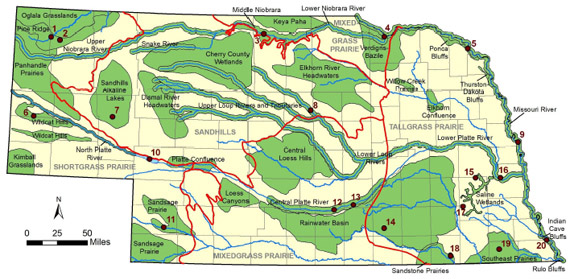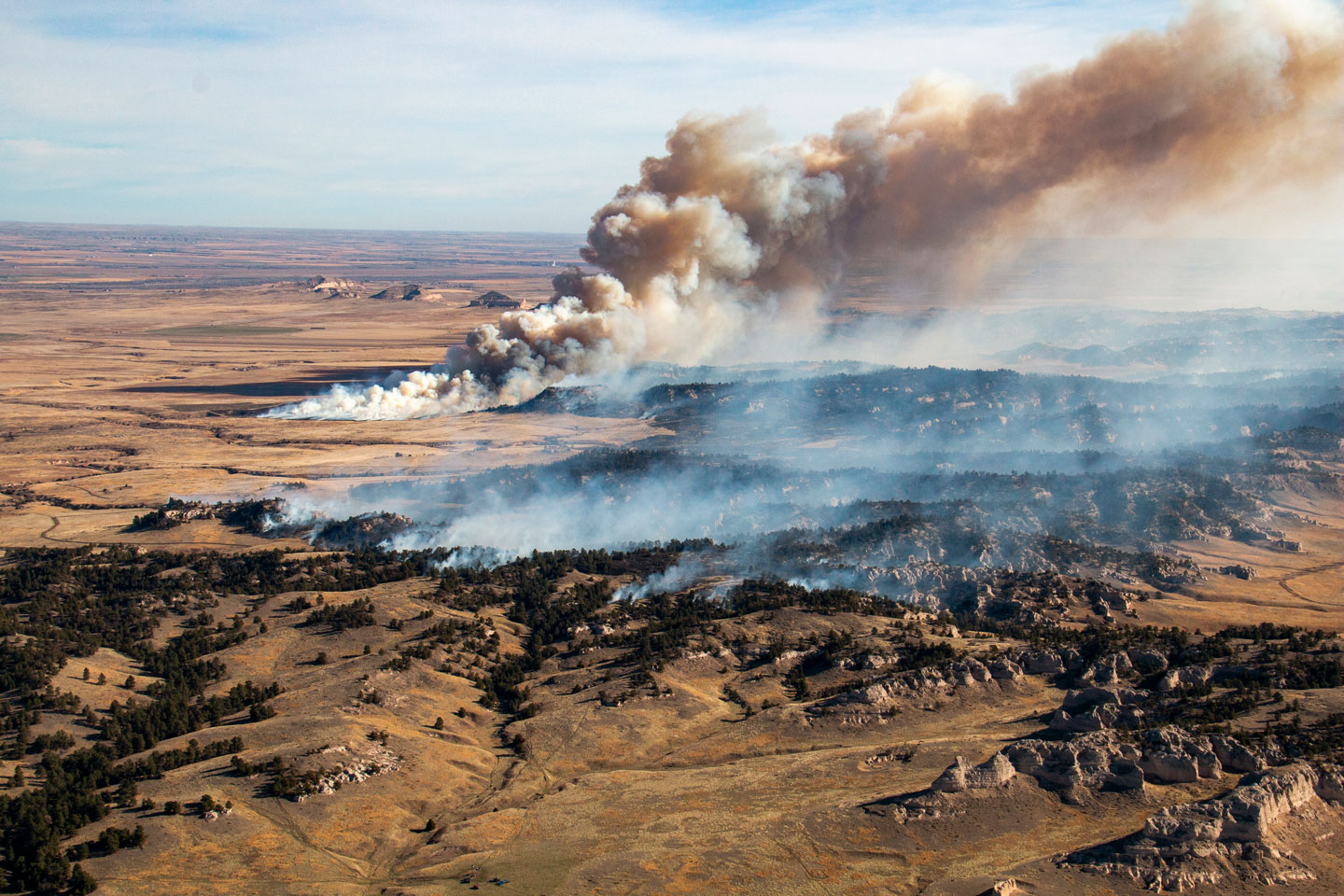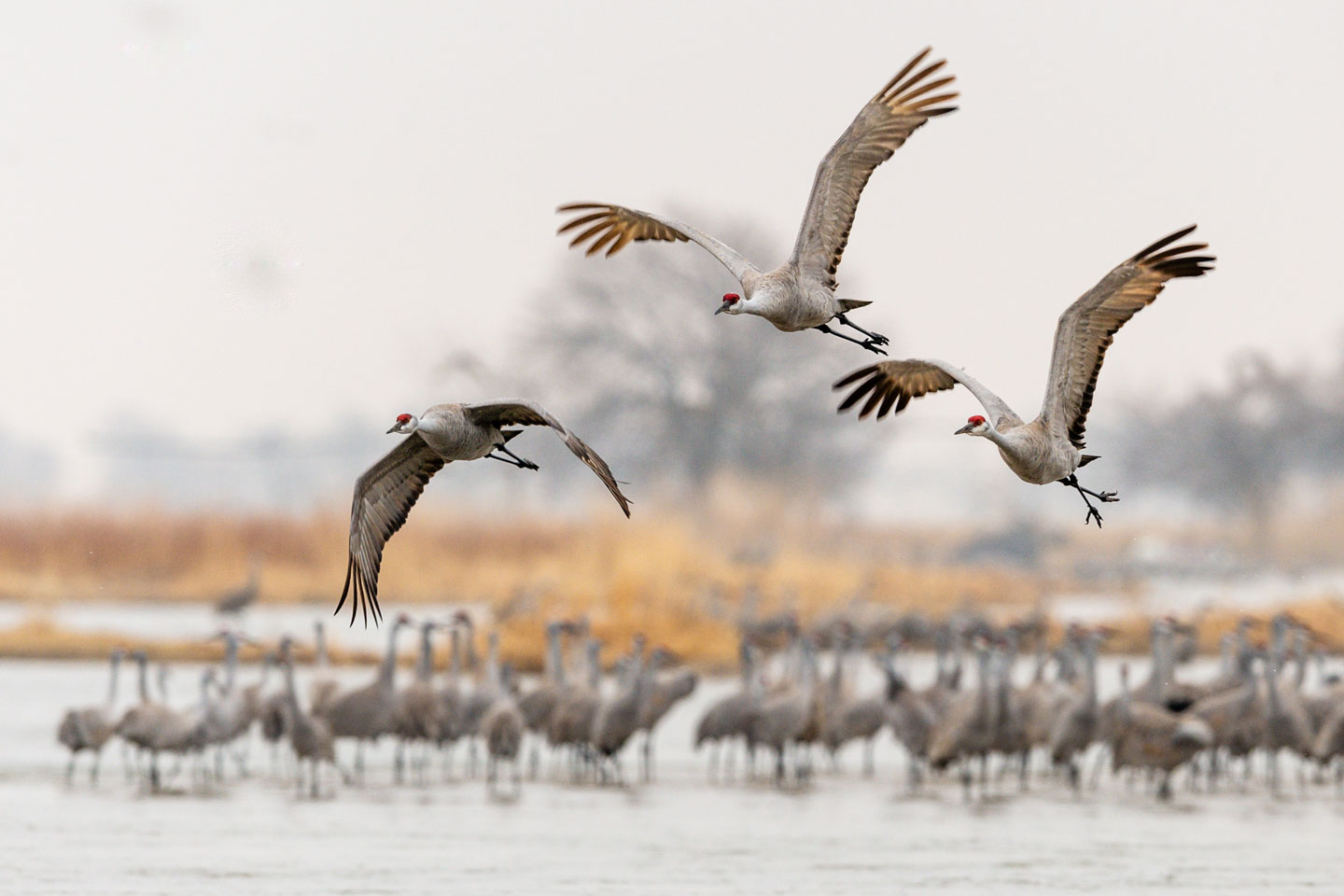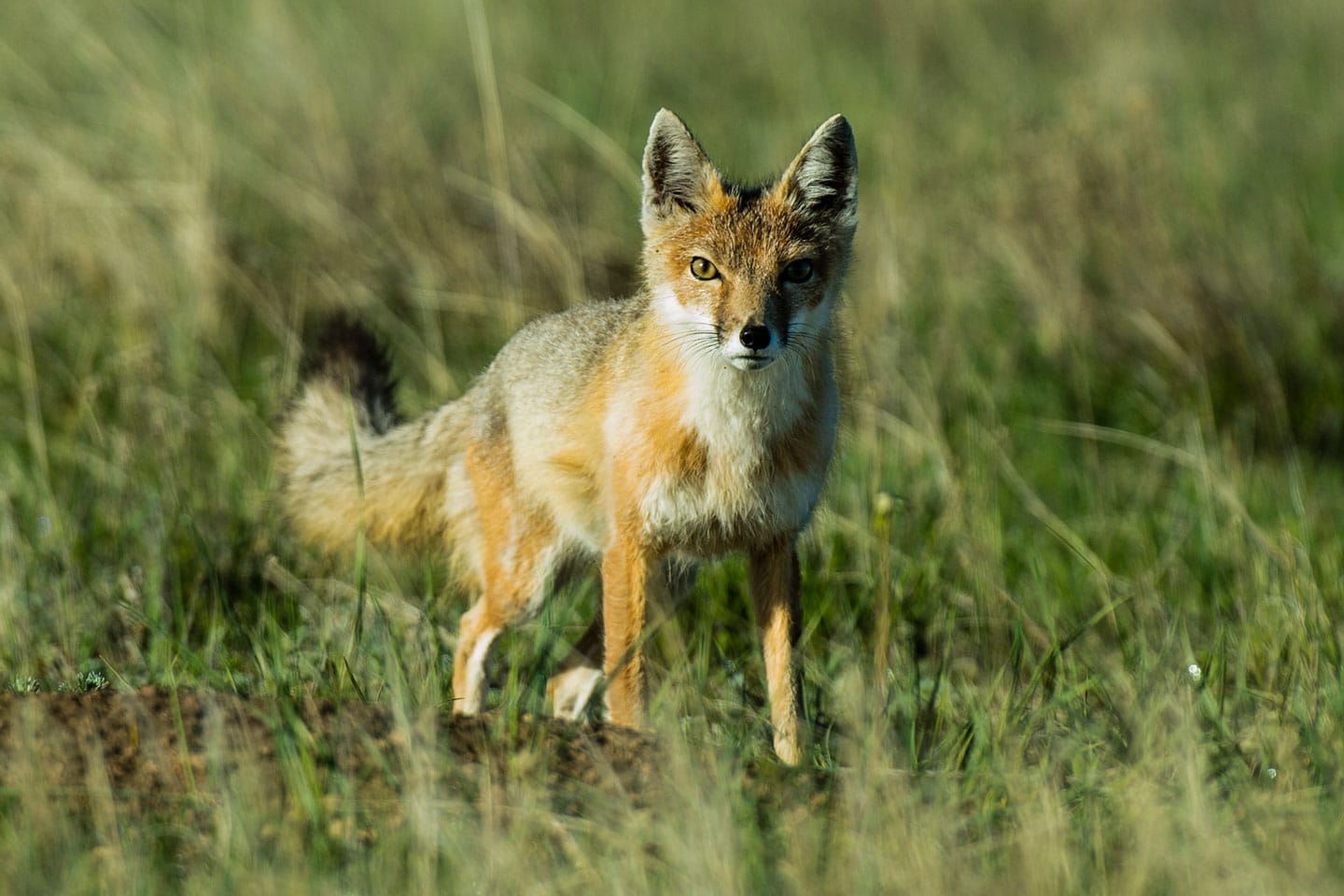Natural Legacy Project
The mission of the Natural Legacy Project is to conserve Nebraska’s flora, fauna and natural habitats.
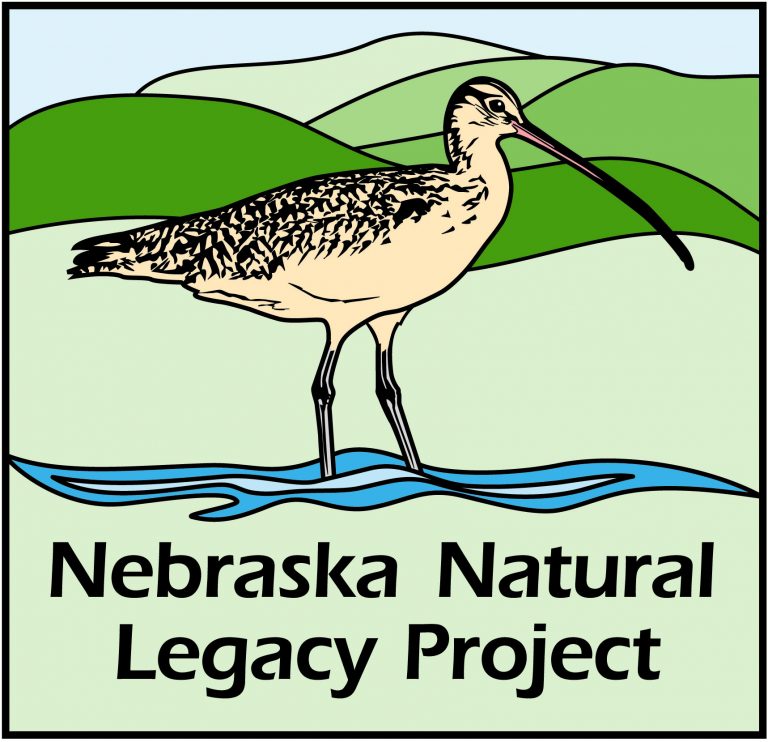
The Nebraska Natural Legacy Project is part of a nationwide effort to address the needs of declining wildlife populations. Nebraska’s biological treasures include 60 amphibian and reptile species, 80 fish species, 400 bird species, 85 mammal species, 1,470 plant species and tens of thousands of invertebrate species. Of these, more than two dozen species of plants and animals in Nebraska are listed as threatened or endangered. Overall, more than 700 species have been identified as at-risk in Nebraska.
The mission of the Natural Legacy Project is to refine and implement a blueprint for conserving Nebraska’s flora, fauna and natural habitats through the proactive, voluntary conservation actions of partners, communities and individuals.
Introduction
Wildlife and their habitats play an integral role in the lives of Nebraskans. Creating or enhancing wildlife habitat is beneficial in that it can add beauty and enjoyment to our lives. We benefit from wildlife and their habitats in aesthetic, recreational, social, educational, ecological and economical ways. It only makes sense to do our part to ensure the viability of Nebraska’s wildlife habitat.
One of the goals of the Nebraska Natural Legacy Project is to identify a set of priority landscapes that, if properly managed, would conserve the majority of Nebraska’s biological diversity. These landscapes, called Biologically Unique Landscapes, were selected based on known occurrences of at-risk species and natural communities. In addition to at-risk species, these landscapes support a broad array of common species.
To view a detailed map of Nebraska’s biologically unique landscapes, click the image below:
Coordinating Wildlife Biologists work to implement Natural Legacy’s goals. They work with a variety of partners to deliver voluntary, incentive-based conservation actions. Natural Legacy’s projects are designed to benefit wildlife and meet landowner objectives. Conservation work is performed also on public ground to improve habitat for many wildlife species.
The Nebraska Natural Legacy Project is designed to include all Nebraskans.
The task of wildlife conservation across Nebraska will only be successful when landowners, government agencies and conservation and agricultural organizations collaborate to improve habitat. The Natural Legacy Project brings together dozens of organizations representing the conservation and agricultural community to continue developing a shared vision for the future of wildlife conservation. Partners collaborate to develop the strategies necessary to conserve the broadest array of wildlife possible. Natural Legacy Partners work together on behalf of the wildlife resources Nebraskans cherish so deeply.
Email jonathan.soper@nebraska.gov for more information on this program or to get involved.
Follow the Nebraska Natural Legacy Project on Facebook or Twitter or contact Olivia DaRugna to receive email announcements.
State Wildlife Action Plan
The Nebraska Natural Legacy Project was published initially in 2005 as the state’s first Wildlife Action Plan and updated in 2011. Our federal government requires all states to have an action plan and revise it at least every 10 years. Landowners, partner organizations, public land managers and many others have voluntarily used the Nebraska Natural Legacy Project to guide conservation work that benefits wildlife, habitat and the residents of Nebraska.
Updating the plan
Public input
The plan was most recently revised in 2025 and was open for public comment via online form Aug. 1 through Aug. 15.
Virtual public meeting
A virtual meeting was held on Aug. 6 at 7 p.m. CT to learn about the plan and the science behind it, ask questions and provide feedback.
Wildlife Diversity Program
The Wildlife Diversity Program is responsible for the implementation of the Nebraska Natural Legacy Project, which was developed and revised using a large group of constituents, stakeholders and species experts. The Natural Legacy Project prioritizes:
- At-risk species as Tier 1 (most at risk of extinction) and Tier 2 (at risk in Nebraska).
- Biologically Unique Landscapes – locations to focus efforts for at-risk species and natural communities.
State wildlife grants and support
The conservation work of the Nebraska Natural Legacy Project is made possible largely by the federal State and Tribal Wildlife Grants (SWG) program and the Nebraska Environmental Trust (NET).
The SWG program is a collaboration between the federal government and the states for managing and conserving wildlife. As a condition for receiving federal funding, each state and territorial fish and wildlife agency must have developed a State Wildlife Action Plan approved by the U.S. Fish and Wildlife Service. For more information on SWG, click here.
The NET provides grants for conservation, enhancement and restoration of natural environments in Nebraska from proceeds of the Nebraska Lottery. Grants are awarded annually for projects aimed at habitat, water, air and soil. For more information on NET, click here.
Explore some of the projects completed in Nebraska because of support by the SWG program, NET and conservation partners by searching Legacy Project database.
Species conservation assessments
The primary goal in development of at-risk species conservation assessments is to compile biological and ecological information that may assist conservation practitioners in making decisions regarding the conservation of species of interest.
Assessments are available about the following conservation species of interest:
Annual Nebraska Natural Legacy Conference
The annual Natural Legacy Conference focuses on conservation, management, education and research of at-risk species and habitats in Nebraska.
You can view recordings of past presentations at the Nebraska Game and Parks’ YouTube page.
Questions or comments?
Please contact olivia.darugna@nebraska.gov.
Legacy NET final report
View the Nebraska Natural Legacy Project Nebraska Environmental Trust final report.
Terrestrial Ecological Systems and Natural Communities of Nebraska
Steven B. Rolfsmeier of the Kansas State University Herbarium and Gerry Steinauer of the Nebraska Game and Parks Commission have completed a document that describes ecological systems for Nebraska. Anyone can use this reference to learn more about plant communities in Nebraska. And, natural resource professionals can use this valuable tool as they work to conserve the state’s biological diversity.
Contact
If you have questions or comments regarding the Nebraska Natural Legacy Project or related projects and plans, please contact Jon Soper.
Related Content
About Nebraska Game & Parks
We’re a family of passionate, innovative professionals who work together to connect people to the natural world and support conservation in Nebraska.

